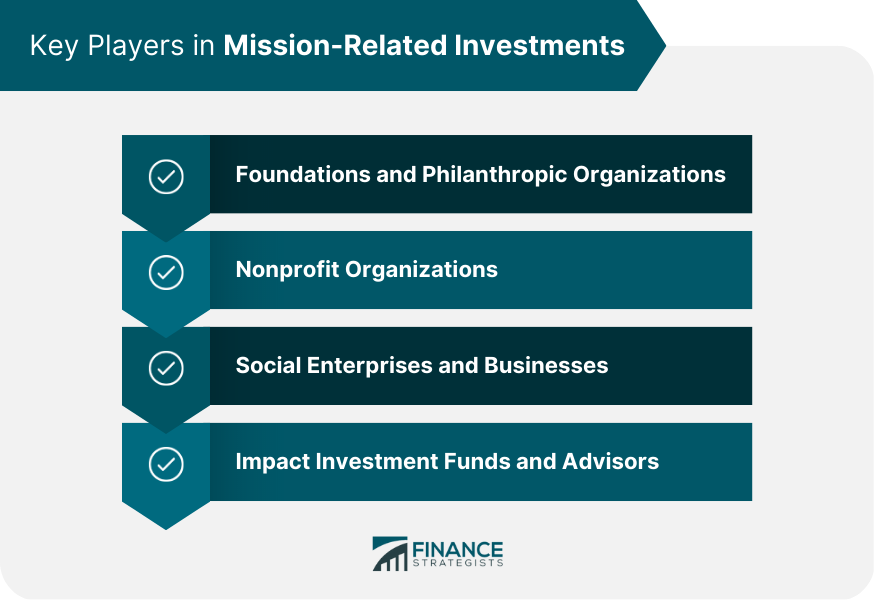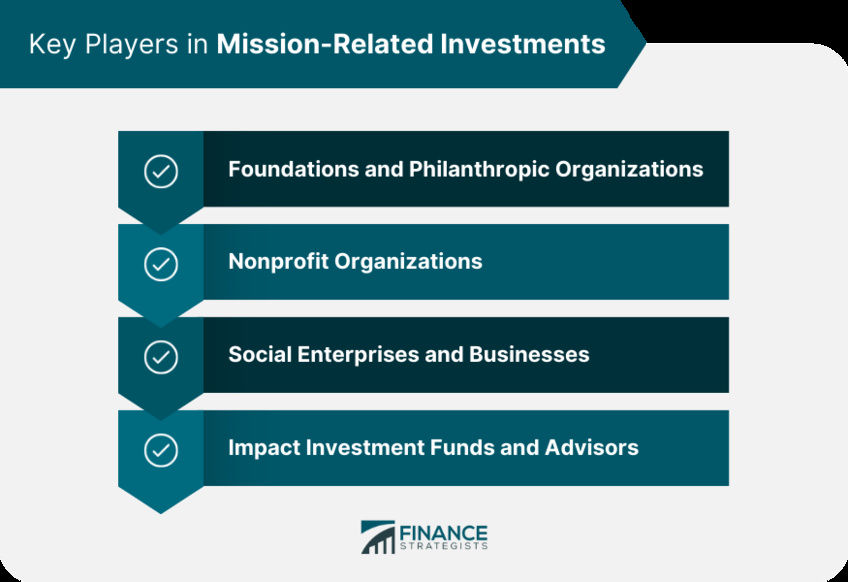The Earth faces mounting challenges to its biodiversity, from the endangered black rhinoceros in South Africa to the diminishing Amazon rainforest. Safeguarding biodiversity, encompassing animals, plants, and ecosystems, is crucial for sustaining our planet's health and the essential resources and services that support our daily lives. Despite its vital role, biodiversity has not been a top priority for investors until recently.
This may come as a surprise considering biodiversity's significance as the living aspect of our natural world. Alongside nonliving resources like land, water, and minerals, biodiversity forms part of natural capital, the foundation of the world's natural assets.
Natural capital provides the essential elements for ecosystem services, which are the invaluable benefits societies and economies derive from nature, sustaining life and generating wealth. Consequently, the loss of biodiversity alone could incur trillions of dollars in economic costs globally, in addition to those associated with climate change.
Essentially, biodiversity serves as the life support system of our planet, the fundamental basis for the production of nearly all goods and services.
The complexity of biodiversity risks arises from the intricate web of connections within and between ecosystems. Ecosystem services fall into four interconnected categories: regulating natural processes like pollination, providing physical products such as food, offering cultural benefits from the relationship between people and their surroundings, and crucially, maintaining the supportive infrastructure for oxygen production, water cycles, and soil formation that underpins all other ecosystem services.
Understanding this interconnectedness is crucial for addressing the drivers of biodiversity loss. Land and sea use changes, notably deforestation, stand as significant threats to biodiversity, with land conversion identified as the primary cause behind a 69% decline in wildlife populations since 1970, according to the World Wildlife Fund.
However, deforestation doesn't solely impact wildlife; it also has repercussions on the climate. For instance, the Amazon rainforest now absorbs 30% less carbon dioxide than it did in the 1990s due to deforestation for purposes like creating cattle farms. This deforestation diminishes the forest's ability to retain and release moisture into the atmosphere.
The decline in moisture from the Amazon forest holds significant implications for the global hydrological cycle—the intricate processes of precipitation, evaporation, freezing, and melting worldwide—which further disrupts various species' habitats and alters the global climate. Expanding deforestation by an additional 20% in the Amazon could unleash over 90 billion tonnes of CO2 into the atmosphere—2.5 times more than the annual global fossil fuel emissions.
Fortunately, there is a silver lining as interconnectedness operates in both directions: addressing climate change and biodiversity loss simultaneously can yield dual benefits. Measures taken to curb deforestation in the Amazon, for instance, could help mitigate the speed and intensity of climate change by establishing additional carbon sinks to absorb carbon emissions.
The National Academy of Sciences in the US highlighted the correlation between nature and climate by estimating that, in a scenario aiming for below a 2-degree Celsius warming, nature-based solutions like green infrastructure, carbon sequestration, and storage could achieve 37% of required carbon mitigation by 2030 and 20% by 2050.
In essence, addressing biodiversity loss and climate change concurrently offers a pathway to tackling two systemic issues.
Similarly, recognizing the interconnections between biodiversity and climate risks may enable investors to gain valuable insights and identify investment opportunities for their portfolios, including carbon credits, agricultural solutions, ecotourism, water management, green infrastructure, and other nature-based solutions.
The complexity of risks amplifies when considering other drivers of biodiversity loss. Land and sea-use changes and climate change represent only two of the most severe drivers. Additional factors include direct exploitation, pollution, and invasive species.
While changes in land and sea use are presently identified as the most detrimental causes, these rankings may evolve over time, adding another layer of complexity. Neglecting to address climate change, for instance, could elevate it to become the primary cause of biodiversity loss.
Investors are confronted with a pressing task of assessing and handling these challenges and prospects promptly. With ongoing biodiversity loss, the threats to companies and investment portfolios escalate. Moreover, as governments and regulators react to biodiversity decline, there's mounting pressure on businesses and investors to address these concerns, thereby creating opportunities.
This may come as a surprise considering biodiversity's significance as the living aspect of our natural world. Alongside nonliving resources like land, water, and minerals, biodiversity forms part of natural capital, the foundation of the world's natural assets.
Natural capital provides the essential elements for ecosystem services, which are the invaluable benefits societies and economies derive from nature, sustaining life and generating wealth. Consequently, the loss of biodiversity alone could incur trillions of dollars in economic costs globally, in addition to those associated with climate change.
Essentially, biodiversity serves as the life support system of our planet, the fundamental basis for the production of nearly all goods and services.
The complexity of biodiversity risks arises from the intricate web of connections within and between ecosystems. Ecosystem services fall into four interconnected categories: regulating natural processes like pollination, providing physical products such as food, offering cultural benefits from the relationship between people and their surroundings, and crucially, maintaining the supportive infrastructure for oxygen production, water cycles, and soil formation that underpins all other ecosystem services.
Understanding this interconnectedness is crucial for addressing the drivers of biodiversity loss. Land and sea use changes, notably deforestation, stand as significant threats to biodiversity, with land conversion identified as the primary cause behind a 69% decline in wildlife populations since 1970, according to the World Wildlife Fund.
However, deforestation doesn't solely impact wildlife; it also has repercussions on the climate. For instance, the Amazon rainforest now absorbs 30% less carbon dioxide than it did in the 1990s due to deforestation for purposes like creating cattle farms. This deforestation diminishes the forest's ability to retain and release moisture into the atmosphere.
The decline in moisture from the Amazon forest holds significant implications for the global hydrological cycle—the intricate processes of precipitation, evaporation, freezing, and melting worldwide—which further disrupts various species' habitats and alters the global climate. Expanding deforestation by an additional 20% in the Amazon could unleash over 90 billion tonnes of CO2 into the atmosphere—2.5 times more than the annual global fossil fuel emissions.
Fortunately, there is a silver lining as interconnectedness operates in both directions: addressing climate change and biodiversity loss simultaneously can yield dual benefits. Measures taken to curb deforestation in the Amazon, for instance, could help mitigate the speed and intensity of climate change by establishing additional carbon sinks to absorb carbon emissions.
The National Academy of Sciences in the US highlighted the correlation between nature and climate by estimating that, in a scenario aiming for below a 2-degree Celsius warming, nature-based solutions like green infrastructure, carbon sequestration, and storage could achieve 37% of required carbon mitigation by 2030 and 20% by 2050.
In essence, addressing biodiversity loss and climate change concurrently offers a pathway to tackling two systemic issues.
Similarly, recognizing the interconnections between biodiversity and climate risks may enable investors to gain valuable insights and identify investment opportunities for their portfolios, including carbon credits, agricultural solutions, ecotourism, water management, green infrastructure, and other nature-based solutions.
The complexity of risks amplifies when considering other drivers of biodiversity loss. Land and sea-use changes and climate change represent only two of the most severe drivers. Additional factors include direct exploitation, pollution, and invasive species.
While changes in land and sea use are presently identified as the most detrimental causes, these rankings may evolve over time, adding another layer of complexity. Neglecting to address climate change, for instance, could elevate it to become the primary cause of biodiversity loss.
Investors are confronted with a pressing task of assessing and handling these challenges and prospects promptly. With ongoing biodiversity loss, the threats to companies and investment portfolios escalate. Moreover, as governments and regulators react to biodiversity decline, there's mounting pressure on businesses and investors to address these concerns, thereby creating opportunities.


 Managing Biodiversity Risks and Opportunities: A Priority for Investors
Managing Biodiversity Risks and Opportunities: A Priority for Investors





 Companies
Companies